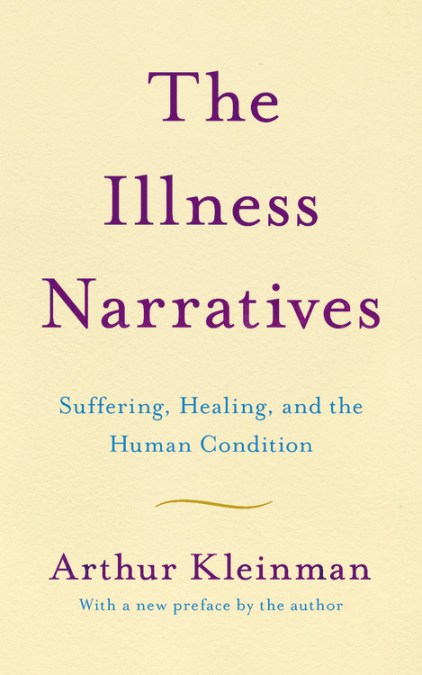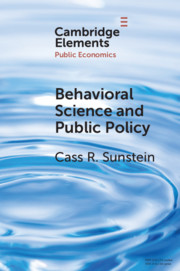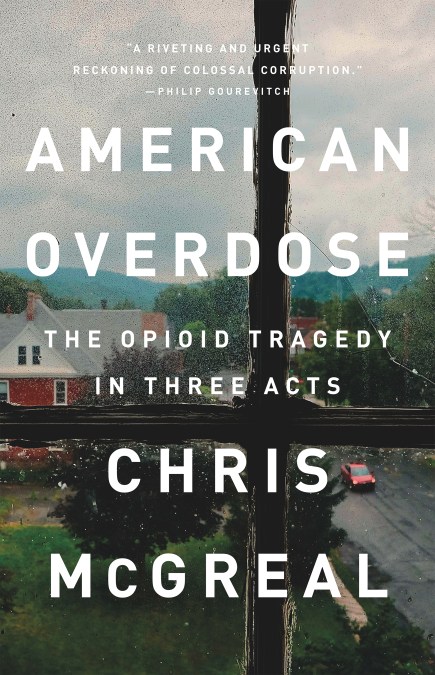02 de gener 2021
01 de gener 2021
31 de desembre 2020
30 de desembre 2020
29 de desembre 2020
28 de desembre 2020
27 de desembre 2020
26 de desembre 2020
25 de desembre 2020
24 de desembre 2020
23 de desembre 2020
The profits of opioid addiction epidemic
American Overdose. The Opioid Tragedy in Three Acts
Formerly in this blog you may have read about opioid epidemics. In the US is a great social and public health tragedy. If you want some details about fentanil consumption in Catalonia, check this report (p.153-155).
In the book America overdose, you'll find an exceelent description about what has happened in US in practical terms. Wirtten by a journalist from The guardian, it may help any public health official of any country to understand the huge danger we have to confront. The starting point for McGreal’s deeply reported investigation is the miners promised that opioid painkillers would restore their wrecked bodies, but who became targets of “drug dealers in white coats.” And says (in chapter 21):
It would be a mistake to conclude that responsibility for the opioid epidemic lies only with the greed of the drug companies or that it is shared solely with corrupt doctors and pharmacists who profited from mass prescribing. They were facilitated by politicians, regulators, and a broader medical industry with an agenda or that chose not to see. The opioid makers were helped in that because, for many years, the primary victims were those it was easy to look away from—the “dumbass hillbillies,” as Willis Duncan put it.
Purdue may have targeted some of the poorest parts of Appalachia because that’s where the data said opioids were already being prescribed. But it proved a convenience that these regions were among the most marginalized in the country and the easiest to stigmatize as the drug makers pursued the disreputable tactic of blaming the victims for their addiction.
Like the nineteenth-century opium dealers, the painkiller manufacturers used the power of the huge profits of addiction to keep the faucets of mass prescribing open. The quarter of a billion dollars a year the drug industry spends on lobbying bought the complicity of Congress and organizations such as the American Medical Association through silence and distraction. The din of money drowned out the warnings sounded by Dr. Art Van Zee about the devastation already wrought to his Virginia community in the late 1990s and the research by doctors such as Jane Ballantyne that should have prompted critical questioning of the claims made for opioids. Congress and the FDA were told loudly and clearly that a national disaster was unfolding more than a decade before the CDC’s Tom Frieden called it an epidemic.
Drawing on the tobacco companies’ playbook, opioid manufacturers obscured the evidence of the dangers of their products even when it was staring the industry in the face. Instead, the drug makers and their front organizations sought to discredit those who advocated caution.
22 de desembre 2020
Five levels of care integration
A helpful framework on integrated care from the Health Services Research article:
The framework focuses on how systems are structured and governed, what people who work in the system believe and how they behave, and activities intended to integrate patient care into a single coordinated process within the system. We chose this model because, while there are many different ways to characterize health systems, we wanted to focus on those characteristics that might prove to be meaningful with regard to performance differences.
Hypothetical relationships are depicted in the model using arrows that move from left to right. The five types of integration depicted in the model (structural, functional, normative, interpersonal and process integration) are hypothesized to effect intermediate and ultimate outcomes. From Singer SJ, Kerrissey M, Friedberg M, Phillips R. A Comprehensive Theory of Integration. Med Care Res Rev. 2020;77(2):204, Sage Publications, Inc.
- Structural integration (physical, operational, financial, or legal ties among operating units within a system)
- Functional integration (formal, written policies, and protocols for activities that coordinate and support accountability and decision making among operating units)
- Process (or clinical) integration (actions or activities intended to integrate patient care across people, functions, activities, and operating units within the system). In our discussion, we refer to this as clinical integration.
Structural and functional integration are under the direct control of system executives. Our intent was to understand the kinds of strategic decisions they were making, why they made them, and how they saw their decisions affecting their goals for their systems. Understanding the organizations that make up the systems and the extent to which systems are structurally and functionally integrated is a vital starting point for understanding whether process/clinical integration is happening within systems, how it is happening, or indeed whether it is even possible.
Two additional types of integration—normative and interpersonal.
Normative integration refers to sharing a common culture; interpersonal integration refers to collaboration or teamwork.
21 de desembre 2020
Economics and epidemiology
An Economist's Guide to Epidemiology Models of Infectious Disease
Bossert et al provide some useful information on the structure and use of epidemiology models of disease transmission, with an emphasis on the susceptible/infected/recovered (SIR) model. And they discuss high-profile forecasts of cases and deaths that have been based on these models, what went wrong with the early forecasts, and how they have adapted to the current COVID pandemic.
Understanding the process by which these models’ predictions and insights can be accessed by policymakers has also gained importance. The normal process of writing, vetting, and publishing scientific and economic research is being stretched to its limits given the urgency of the pandemic. Direct and wide dissemination can work for certain types of knowledge: detailed predictions from empirical models lend themselves to the now ubiquitous COVID “dashboards” that make those predictions available to policy-makers and others with just a click or two. There is no reason to believe that the models which have the best designed websites and interfaces are the ones producing the most careful and accurate predictions, though. Conveying more subtle insights, such as how government policies might interact with endogenous social distancing, seems substantially more difficult but no less important. One would hope that robust lines of communication and established respectful relationships between experts and policy-makers could facilitate such dialogues.
20 de desembre 2020
Climate and health
From Health Affairs issue on Climate and Health, first of all:
To accurately describe the health-related costs of climate change, it is important to distinguish between key terms. Climate-sensitive exposures (such as ozone smog air pollution, extreme heat, and extreme precipitation) and health outcomes include those with demonstrated responses to one or more meteorological variables or seasonal patterns.6,7 In recent years, statistical analyses have enabled detection and attribution of the influence of human-caused climate change on extreme weather and other climate-related exposures.8 These climate change–related impacts on the environment include incremental contributions to the frequency and magnitude of extreme rainfall during hurricanes8,9 and increased temperatures during heat waves,10 among others. It is not yet possible to apply analogous methods to directly quantify the attributable portion of climate-sensitive health outcomes to the incremental effects of climate change, as preexisting medical conditions, health vulnerabilities, and multiple exposures are among the many health determinants and causal factors involved. There is currently a knowledge gap that must be addressed for more complete understanding of climate change–related exposure-response relationships.´
Therefore,
Expanded valuation analyses of the costs of climate-sensitive health outcomes are urgently needed to inform public policy. The findings from such studies can be linked to provide a sense of the overall scope of health costs from climate change in communities, cities, states, regions, and countries.
At present, it is difficult to characterize the costs of health harms linked to climate-sensitive exposures in the US. Given the current inability to comprehensively track recent damage, there is limited understanding of the scope of projected future climate-sensitive health risks and costs.
So, there is not any estimate of inaction so far.












